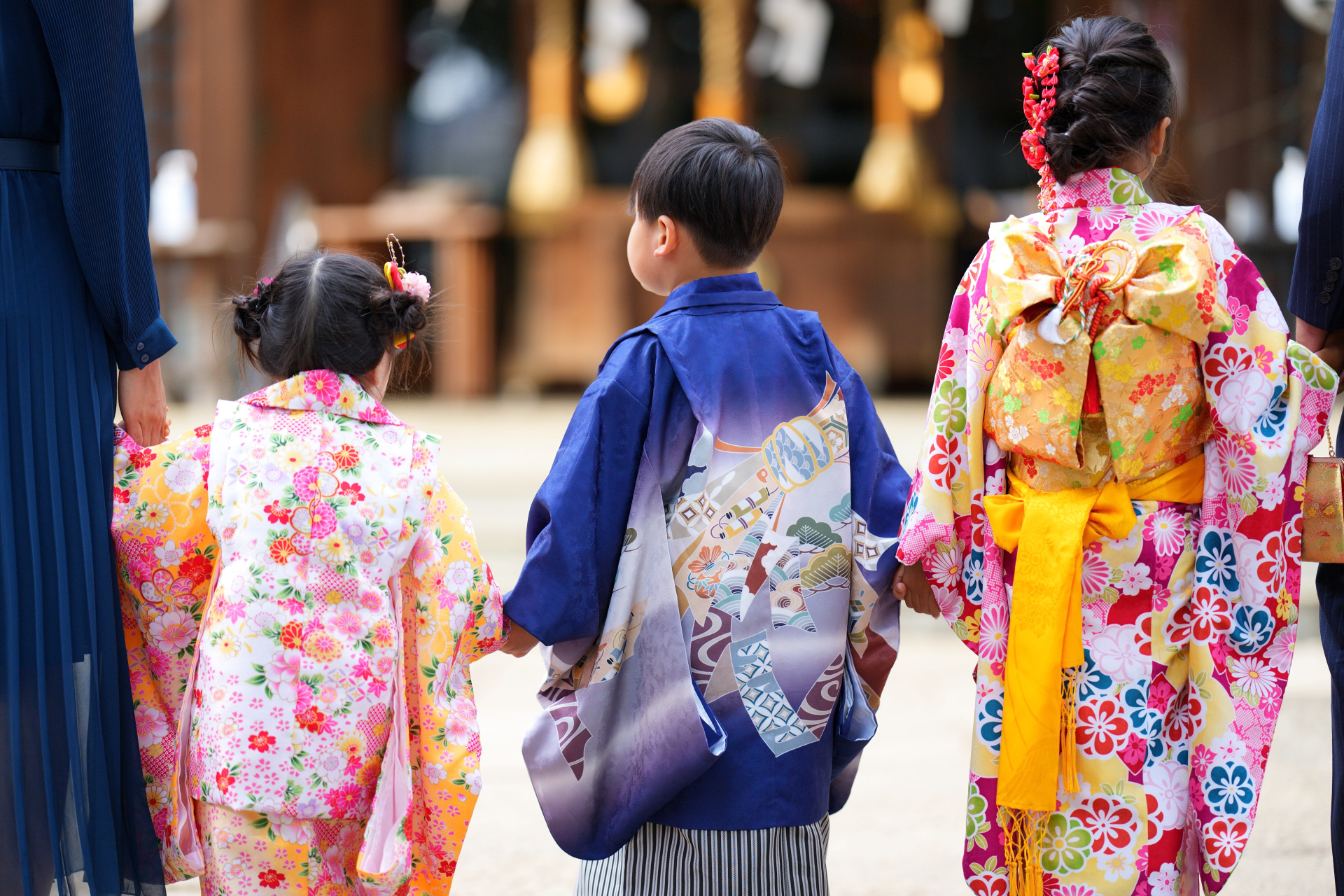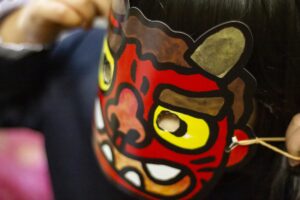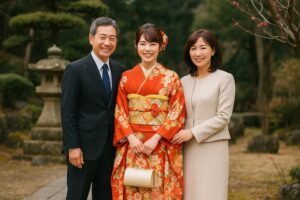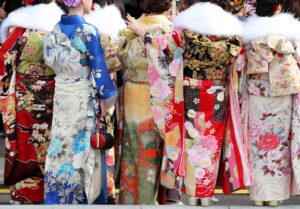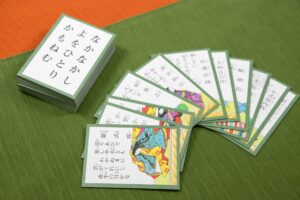Shichi-Go-San (七五三) is a unique Japanese celebration held annually on November 15th to honor the healthy growth of children aged three, five, and seven. One of the most iconic aspects of this event is the wearing of traditional kimono, which holds deep cultural and symbolic meaning. This article explores the origins and significance of kimono culture in Shichi-Go-San, provides insights into gender-specific attire, explains modern adaptations, and helps international readers understand the beauty and complexity of this important Japanese tradition.
The History and Meaning of Shichi-Go-San
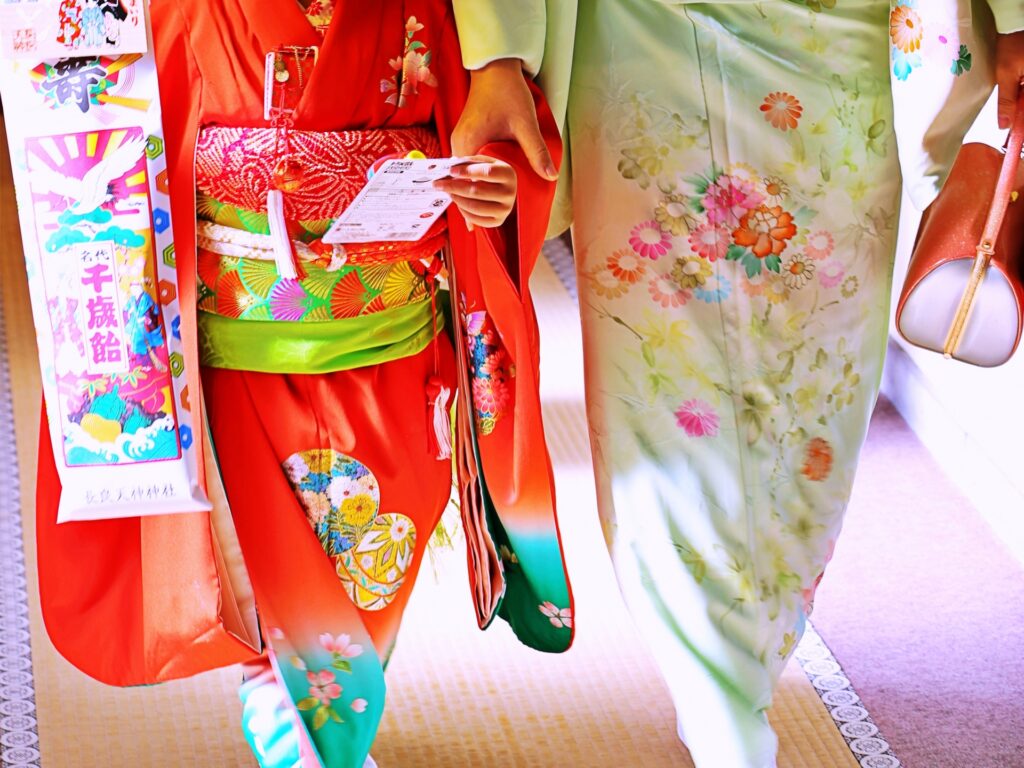
Shichi-Go-San (七五三), which translates to “Seven-Five-Three,” is a Japanese rite of passage celebrated every year on November 15th to mark the growth and well-being of children aged three, five, and seven. The tradition dates back to the Heian period (794–1185), when aristocratic families marked these ages as milestones in a child’s development. Over centuries, it evolved into a wider custom among samurai families during the Edo period (1603–1868), eventually becoming a mainstream practice among all social classes by the Meiji era.
The reason behind choosing the ages 3, 5, and 7 is deeply rooted in Japanese numerology and developmental milestones. Age three marks the end of infancy and the start of toddlerhood. At age five, boys traditionally begin wearing hakama pants, symbolizing entry into boyhood. Age seven signifies the time when girls start wearing the traditional obi sash, representing maturity. Each of these stages reflects a transition worthy of celebration and spiritual protection.
Kimono became a central element in this celebration during the Edo period, where formality and aesthetics in clothing were emphasized. Dressing children in traditional kimono for shrine visits was seen as both a cultural expression and a form of spiritual safeguarding. Today, while modern clothing options exist, the kimono remains an iconic and cherished part of the Shichi-Go-San tradition.
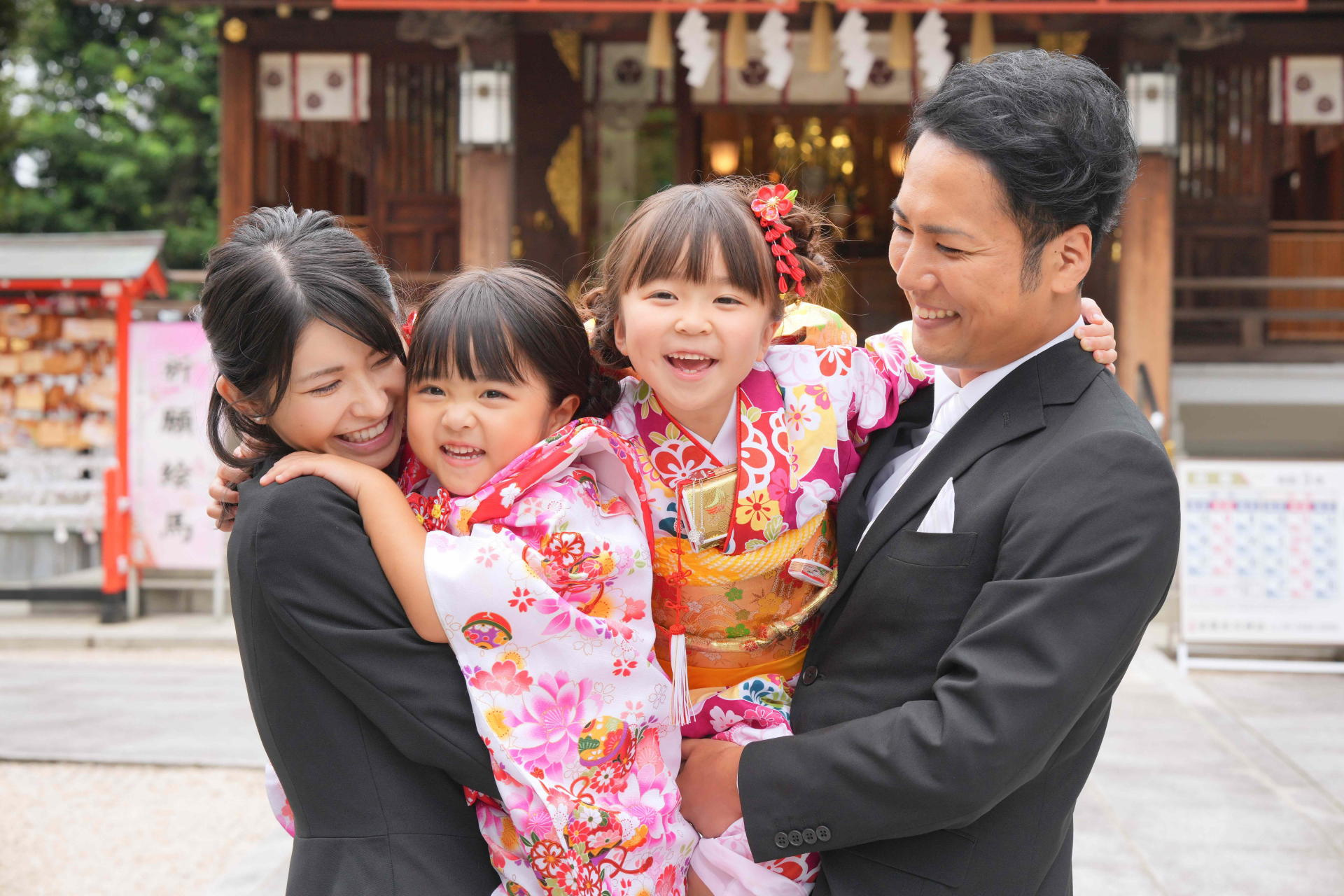
Symbolism of Kimono in Shichi-Go-San
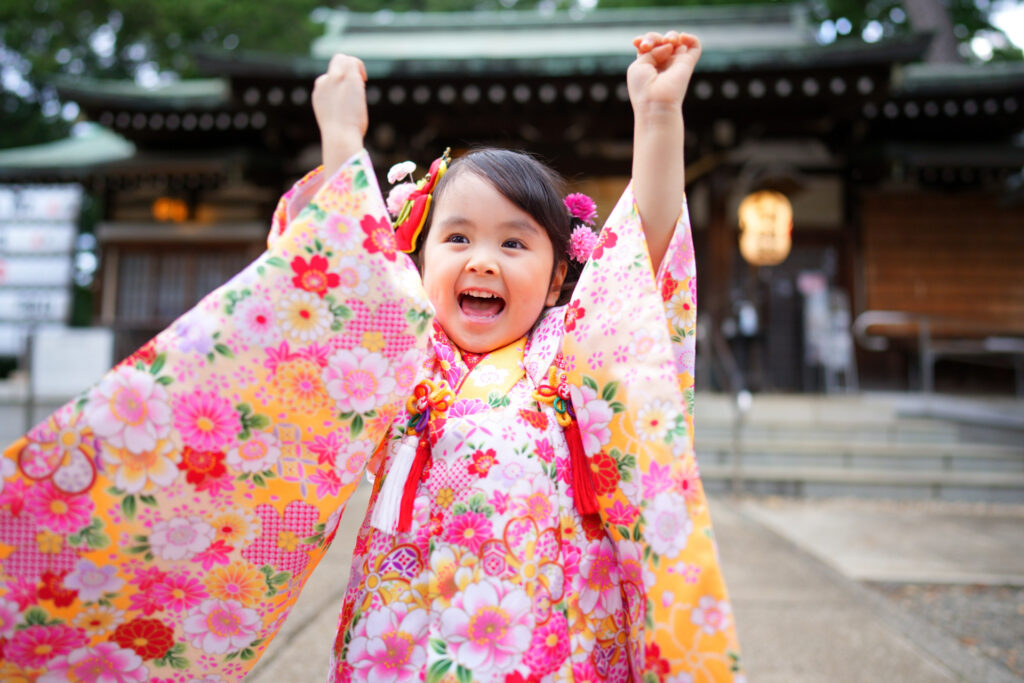
The kimono worn during Shichi-Go-San ceremonies is not merely a garment—it is a canvas of cultural symbolism, family pride, and spiritual significance. Every detail, from fabric choice to color, conveys meaning. Vibrant hues like red symbolize vitality and protection from evil spirits, especially for young girls. Blue and green, often worn by boys, represent growth and harmony with nature.
Family crests, or kamon, are another important element. These emblems are often embroidered or printed onto formal kimono to signify lineage and family pride. Wearing the family crest during Shichi-Go-San is a way of honoring ancestors and instilling a sense of heritage in children.
Patterns also hold meaning. Common motifs include cranes (longevity), pine trees (resilience), and chrysanthemums (nobility). These designs are chosen with care to express wishes for a prosperous and healthy future. Silk is the preferred fabric due to its sheen and luxurious feel, though modern polyester kimono are also popular for their affordability and ease of care.
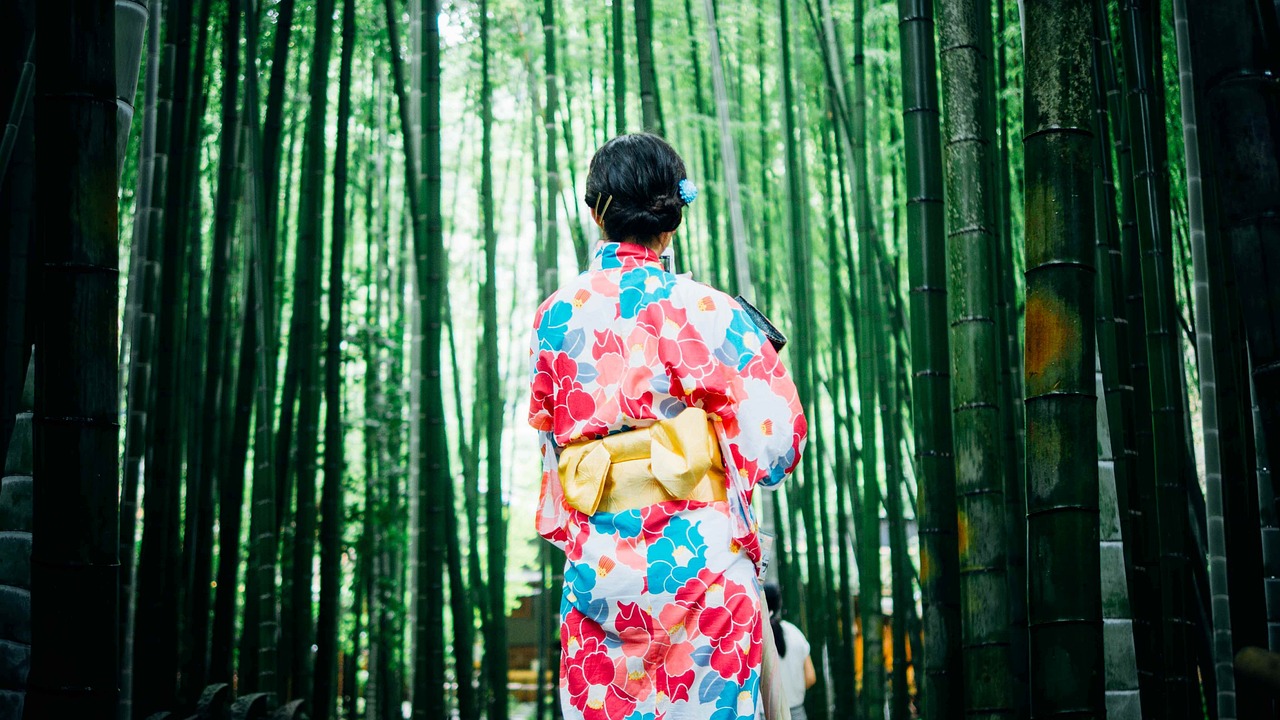
Gender Differences in Shichi-Go-San Kimono
Kimono styles vary by both age and gender, reflecting unique traditions and aesthetics:
| Age | Gender | Kimono Style | Key Features |
| 3 | Girls | Hifu + Kimono | Hifu (padded vest), soft colors, hair accessories like kanzashi, purse |
| 5 | Boys | Hakama Set | Haori (jacket), hakama pants, often with family crest, zori sandals |
| 7 | Girls | Formal Kimono + Obi | Full obi sash, long-sleeved furisode, intricate hairstyles, layered accessories |
At age three, both boys and girls may wear a simple kimono with a padded vest called hifu. However, boys often transition to hakama (pleated pants) by age five, accompanied by a haori jacket and family crests. Girls at age seven wear more formal kimono with an obi belt, accessorized with zōri sandals and ornate hairpieces, creating a vibrant and elegant look.
The Role of Parents and Family in Kimono Tradition
While Shichi-Go-San focuses on children, parents—especially mothers—also participate by dressing formally. Traditionally, mothers wear elegant kimono such as homongi (semi-formal) or tsukesage, often in subdued tones to complement their child’s vibrant attire. Fathers may opt for Western suits or, less commonly, montsuki (formal black kimono with family crests).
In modern Japan, it’s increasingly common for parents to wear formal Western clothing for convenience. However, wearing a kimono remains a respected choice, symbolizing cultural continuity and reverence for the tradition. Rental shops often offer family packages, encouraging parents and siblings to participate in the aesthetic harmony of the event.
Renting or Buying Kimono for Shichi-Go-San
For many families—particularly foreign residents or travelers in Japan—renting kimono for Shichi-Go-San is a convenient and cost-effective option. Rental shops across Japan, especially in major cities like Tokyo and Kyoto, provide complete packages including kimono, accessories, dressing services, and even photography.
Typical Rental Package Includes:
- Kimono, obi, and accessories
- Footwear (zōri)
- Hair styling (for girls)
- Dressing assistance
- Optional photography session
Budget Ranges:
- Children’s rental: $100–$300
- Parent (mother) rental: $150–$400
- Family package: $300–$800
For those wishing to purchase, children’s kimono sets can be found in department stores or online, often ranging from $200 to $600 depending on quality. It’s essential to book in advance, especially around November when demand peaks.
Checklist:
- Reserve rental early (2–3 months prior)
- Confirm dressing time/location
- Bring inner garments (if required)
- Plan shrine visit timing
- Prepare small bag for essentials
Modern Trends and Western Influence
While traditional kimono remains central to Shichi-Go-San, many families are embracing modern adaptations. In urban areas, girls may wear Western-style dresses with Japanese hair accessories, while boys might don formal suits instead of hakama.
This shift reflects both practicality and evolving fashion sensibilities. Some parents prefer Western attire for ease of movement and affordability. Others choose it to express bicultural identity, especially in international families.
Despite these changes, there is ongoing debate in Japan about preserving the traditional aspects of the ceremony. Cultural purists advocate for kimono to be retained as a visual and spiritual marker of the event, while others embrace diversity in celebrating a child’s growth.
Shichi-Go-San for Multicultural Families
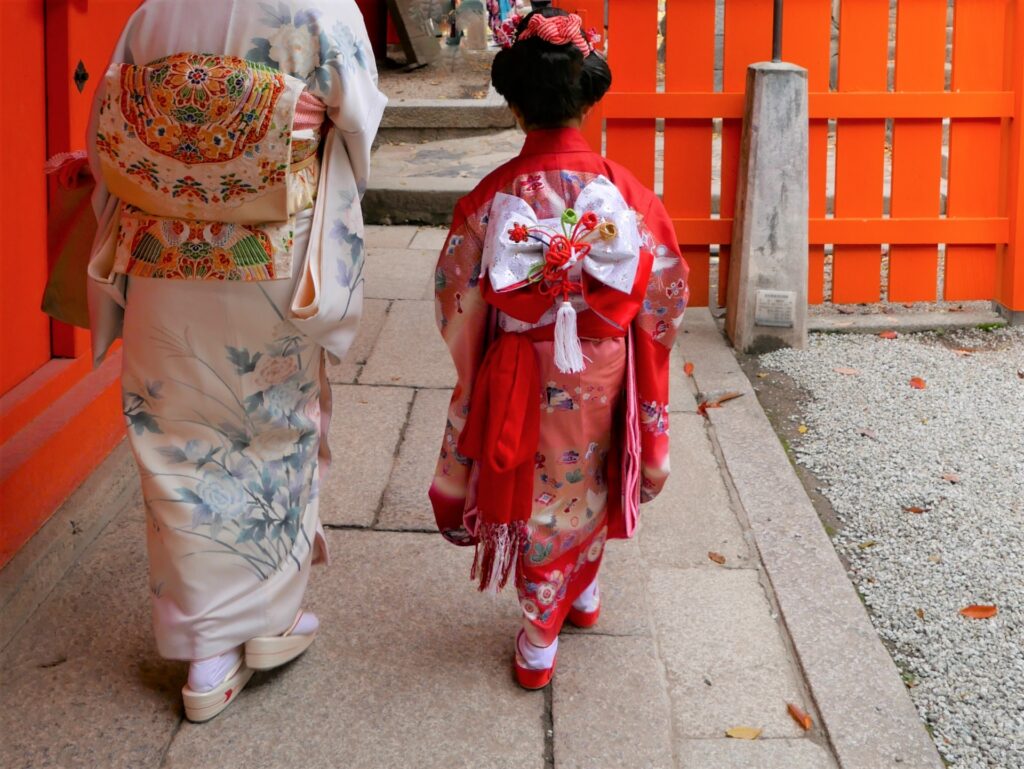
As Japan becomes more diverse, Shichi-Go-San is increasingly celebrated by international and mixed-heritage families. For these families, dressing their children in kimono is a powerful way to connect with Japanese culture and honor family heritage.
In multicultural households, the kimono becomes a symbol of inclusion and respect. Parents often take extra steps to learn the traditions, consult rental shops that cater to foreign customers, and even share their experience online to inspire others.
These celebrations demonstrate that Shichi-Go-San is not limited to ethnically Japanese families—it is a cultural bridge welcoming anyone who wishes to embrace its meaning. From bilingual photo albums to international relatives attending the ceremony, Shichi-Go-San is evolving into a celebration of both cultural preservation and global connection.
Photography and Cultural Memory
Photography plays a crucial role in preserving the visual and emotional legacy of Shichi-Go-San. Many families book professional studio sessions that offer backdrops, props, and lighting specifically designed to highlight the elegance of kimono.
There are two common types of photography experiences:
- Studio Shoots – Ideal for controlled lighting, clean backgrounds, and professional styling.
- Shrine Shoots – Outdoor photography at temples or shrines captures the authentic cultural setting.
Professional photographers often help families pose in ways that showcase the kimono’s intricate design and family dynamics. Albums are treasured for years, sometimes passed down to future generations. In this way, the visual documentation of Shichi-Go-San enhances its role as a rite of passage, grounding it in memory and tradition.
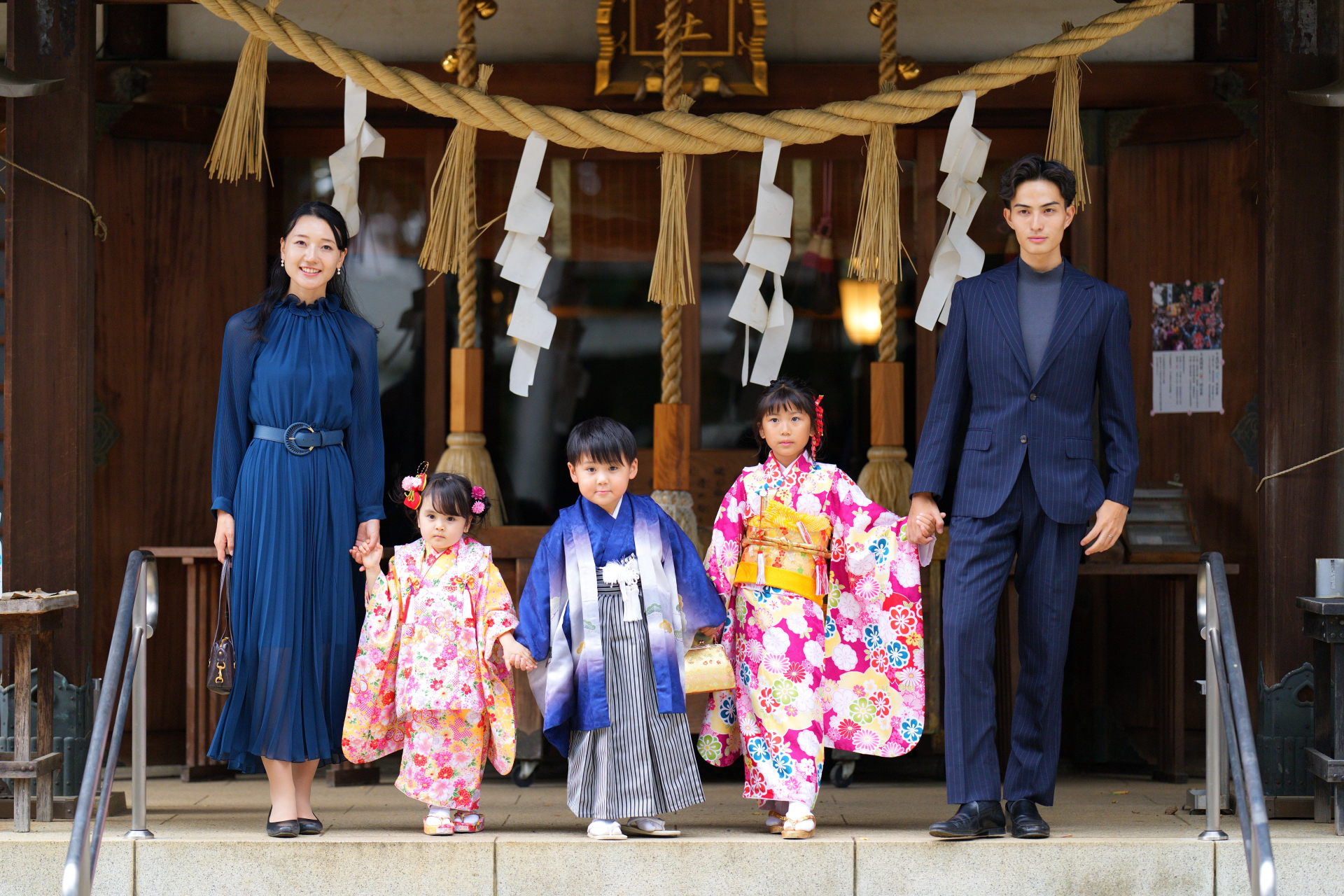
Conclusion: Preserving Tradition Through Attire
The kimono worn during Shichi-Go-San is far more than festive clothing—it is a thread that connects generations through shared rituals, values, and aesthetics. Whether worn by a three-year-old girl in a padded hifu or a seven-year-old boy in a crest-adorned haori, the kimono reflects a family’s hope, pride, and respect for tradition.
As modern trends and multicultural perspectives shape the future of Shichi-Go-San, the core essence of the celebration remains intact. Through each carefully tied obi, each symbolic pattern, and each commemorative photo, families both in Japan and around the world continue to honor this beautiful tradition in meaningful ways.
Preserving kimono culture within Shichi-Go-San is not about resisting change but embracing heritage with intentionality. In doing so, we ensure that the celebration endures—not only in Japan but wherever the spirit of gratitude, growth, and generational connection is valued.

